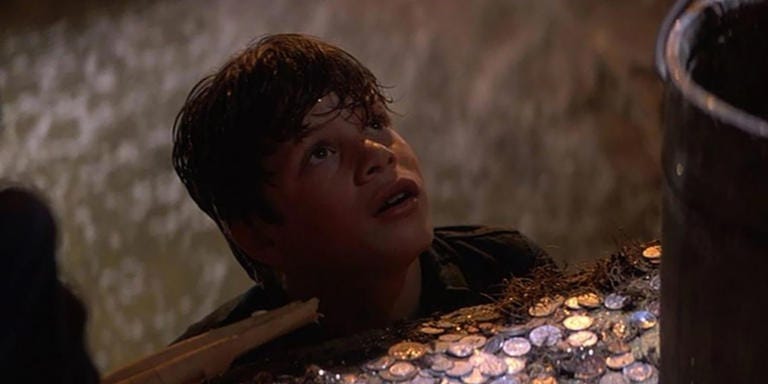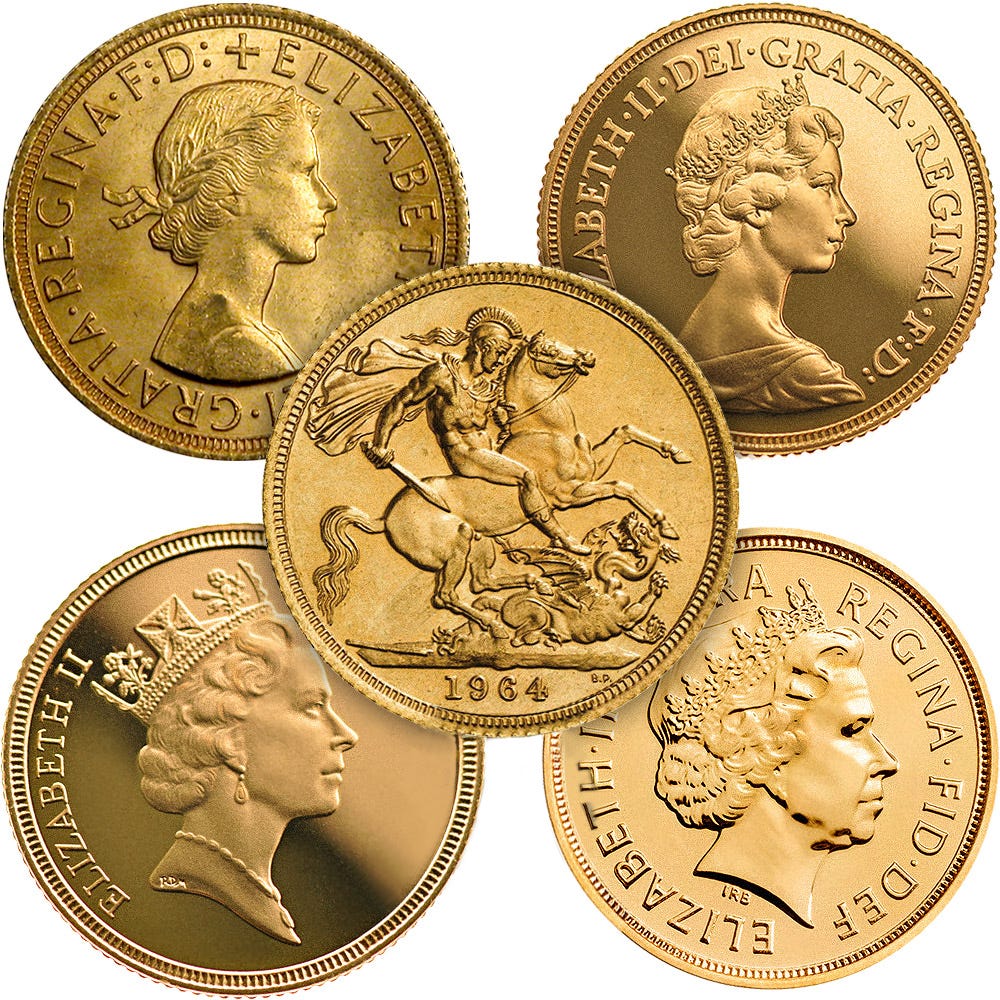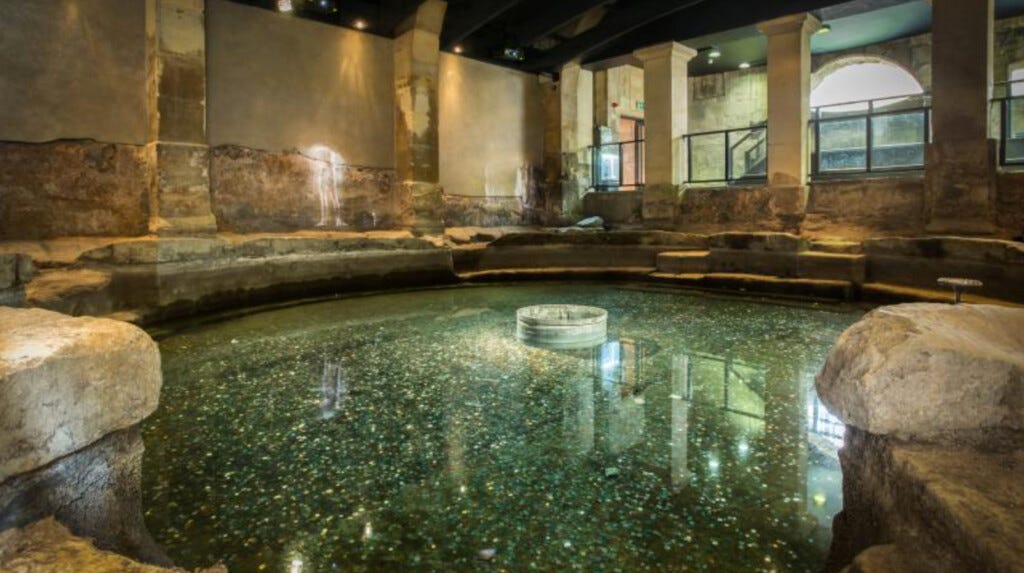I love seeing numismatic stories in the news. Whether it is metal detectorists finding unexpected hoards or the presentation of new coinage designs, when coins make it into the news, it is always a new insight into our weird and wonderful relationships with money and value.
This week, money was in the news because curators at the Roman bath complex in Bath, in the south of England, asked visitors in 2022 not to throw coins into the cold plunge pool. Since the money was given to charity, the museum set up contactless pay points instead and encouraged people to donate that way. Apparently the move has lost the baths and the charities they worked with about £90,000.
Asking people not to throw coins into the pool makes sense: it was damaging the carved Roman stone and the first duty of any heritage attraction is, understandably, to conserve the site for future generations. Putting the contactless donation points up is a lovely idea and I’m glad it is still bringing in valuable funds for good works, but the fact that it hasn’t completely made up the difference doesn't surprise me at all.
That the loss is £90,000 over two years does, at least a bit. Chucking money into water is one of those things that, as far as we can tell, is pretty cross-culturally human. (I’m always nervous about asserting universals. I bet it would be possible to find some money-using society somewhere, sometime, where throwing coins into water is/was not a thing, but I haven’t come across one yet.)
However, at least in modern Britain, it is completely acceptable to use pretty low value coins. You get the same effect (which I’ll come to later) if you throw in a penny or a pound. Even if we assume that not everybody is completely cheap, and that the average small change grubbed out of the bottoms of pockets and bags was 20p, that is still 450,000 people over a two year period, doing something that wasn’t actively encouraged by the site, even before they began discouraging it. If, as I suspect from my own informal peering into wishing wells and garden centre fishponds, most people actually go for a 2p coin, though they may throw more than one each, that’s 4.5 million coin throws…1
I doesn’t surprise me that most of those people have not chosen to go contactless instead of casting a coin into the waters. While people may have been happy enough with the outcome, if they thought at all about what happened to all of those coins, I would guess (to throw in my own two pence worth) that they didn’t consider themselves to be making a charitable donation.
Throwing money into water is verging on pathological, even when we know it’s harmful, as a rare leucite alligator called Thibodaux recently found out in Nebraska. The zoo where Thibodaux and his alligator friends live clears the pool every day but that didn’t stop the enterprising gator grabbing shiny silver coins as they glittered past him on their way to the bottom. He needed 70 removed surgically from his stomach.
Bizarrely, though, considering how hard it is to establish formal rules, there are informal rules to this practice. I’ll stick to England and my lifetime because I expect these rules are slightly different elsewhere and have changed over time. People chuck coins into water when:
the waterbody is visibly manmade (wells, fountains, Roman baths, artificial fish ponds, alligator enclosures, but not the sea, rivers or streams. Lakes are usually out, too, even if they are manmade, because they are mostly not designed to look that way)
the water is situated so that we throw the coin downwards into it (so, no pedestal fish tanks)
we can see all sides of the waterbody (which, functionally, means fairly small ones and excludes things like canals)
swimming pools in active use also don’t usually get this treatment. I’m speculating here, but the fact of having other people in it is probably a problem. Paddling pools, for example in large public parks, can be an edge case but are usually accessible when not in paddling use. On the rare occasions I’ve seen coins in them, I’ve tended to assume that somebody threw them in while on an early morning walk when it was quiet. That is certainly what I would do!

Why do we do this? The fact that people follow unspoken rules about ‘doing it right’ nudges us in the direction of this being ‘ritual’. So does the difficulty of stopping people from doing it: most people would agree without hesitation that protecting alligators and Roman ruins is, broadly, A Good Thing. And yet, ‘Please don’t throw coins’ signs don’t seem to make much of a difference. (I should say, I do not throw coins where there are signs saying not to and I do not encourage you to either, but demonstrably, lots of people do.)
The simple (and fiendishly complicated) reason is ‘to make a wish’. It is what you’ll often hear parents telling their children as they induct a new generation into this peculiar residue of what was probably once a serious spiritual interaction with water. You can also hear adults asking each other, half joking, ‘Did you make a wish?’. But only half joking. Wishes matter, even if we tell ourselves we don’t believe in them.

Wishes can shade into other things that matter even if (maybe because?) they are hard to explain. At the Trevi Fountain in Rome, even greater quantities of coins are thrown every year. These, too, are donated to charity but that is not their purpose. There is a legend that, if you throw a coin into the Trevi Fountain, you will return to Rome again.
Every year, many coins are not donated because they are marked or damaged. In 2020, Italian numismatist Lucia Travaini and artist Namsal Siedlecki completed a joint project, resulting in an article and an exhibition, on these marked coins.2 They included messages of love, of remembrance and sometimes just a name - that other almost compulsive habit that people seem to have to write our names on places just to stake a claim against the passage of time that we were here.
(Again: I am not advocating graffiti, folks. I’m just saying, it’s a thing, and if you want to, you can follow Lord Byron’s route around most of Britain and Europe via heritage buildings he gouged his name into.)

Perhaps coins are especially good for mediating things that matter because they are bound up with the idea of value. It seems that people have always been ambivalent about this: the point of money is to put a value on anything. It reduces everything to a single level and makes things that aren’t the same tradable with one another, say its detractors, from medieval theologians to modern anthropologists.3
Viewed another way, and one that I find more convincing, it is a symbol for value, which we can use as flexibly and creatively as any other tool. We can work out the exact exchange rate of apples and oranges or the wages for a person’s sweat and labour.
But we can also be intentionally fuzzy. Nobody thinks that a wish is worth a penny because that is what you throw in the pool. Everybody knows there is no contract and no guarantee.4 It is the idea of value for the value of an idea - the symbolic price of hope, which is affordable to the person with the penny as much as the person with the pound.
This weekend, I’ll be participating in another ritual of hope: the wedding of a friend (and a reader here, though probably not this weekend!).
Money and weddings could be the subject of a book, let alone a half a blog post, but coins and weddings might be okay.
Will the bride have a sixpence in her (left) shoe this Saturday? I don’t know. I haven’t asked and I probably won’t. The tradition is actually quite recent. It was added in the nineteenth century to an older rhyme about what a bride should wear:
‘Something old, something new, something borrowed, something blue’
At least according to early ethnographers who wrote down and explained these ‘folk superstitions’, each item was meant to bring good luck or protect against bad luck (or ‘the evil eye’). The sixpence was probably added for the same reason that my friend gave me one, as I discussed last week: they were associated with good luck, too.
No shock that a coin got in on the wedding festivities! In some ways, it is more of a surprise that coins weren’t there already. They are present in lots of other cultures.

There is no evidence to say whether the late Roman/Byzantine coins in South Asia, that I’ve been studying for so long, were used in wedding rituals, but it isn’t a farfetched idea. Even today, when Indian women marry, it is not uncommon for them to wear gold jewellery valued in sovereigns: each bangle, necklace, earring and chain is reckoned according to the number of sovereign coins (or the fraction of a single sovereign) it would need to make it.
Sovereigns are, for most practical purposes, historic rather than current coins these days, but were for a long time, including during most of the period of British rule in India, the highest denomination of British coinage in circulation. Crucially, in terms of jewellery equivalences, they were made of near pure gold.

Jewellery made to look like coins is also part of the wedding costume in specific parts of India. In modern Gujarat, for example, which has always been involved in maritime trade, local jewellers still make copies of coins for wedding necklaces, which are based on medieval gold ducats from the Italian city of Venice.

Venetian ducats began to arrive in South Asia from around the 15th century and continued to be used into the 18th century. They were, like the sovereign in later centuries, a coin with a strong reputation for purity and value, which likely cemented their place in wedding costume, where they are sometimes known as ‘putali’, and can be made from gold or base metal, plated or painted gold.
The use of real or imitation money in wedding rituals is probably as widespread as throwing money into water to make a wish. It points to the value of priceless things and it persists as a practice even as it changes and even when people try to stop it.
In Nigeria, the tradition of ‘spraying’ paper money over newlywed couples is fairly new, but now the Nigerian state is trying to ban money spraying because, they say, it shows disrespect to the Naira and, thus, to Nigeria and its government. The government has tried steep legal penalties, fines and the conviction of some high-profile offenders, but the practice doesn’t seem to be going anywhere soon.
“I can’t imagine attending an event and not spraying money. It will look as if you don’t appreciate and love those celebrating.” Comment by a wedding guest in Kano, Nigeria, 2024.
Many happy returns, M + F
May you have many happy years and infinite good fortune in your life together!
The Roman baths in Bath get around 1.1 million individual visitors per year, as per the same article.
Travaini, Lucia and Siedlecki, Namsal, ‘Branding Your Own Personal Offering: New Finds from the Trevi Fountain’, Numismatica e Antichità Classiche. Quaderni Ticinesi, 49 (2020), pp. 359–83.
For one of the most lucid accounts of this attitude to money, see Graeber, David, Debt: The First 5,000 Years (Melville Press, 2011), which is available to download freely here. I don’t agree with everything in this book, but it is still brilliant.
Another of the Goonies, Mouth (played by Corey Feldman), argues against leaving the coins in the wishing well: ‘Yeah, but you know what? This one. This one right here. This was my dream, my wish. And it didn’t come true. So I’m taking it back. I’m taking them all back.’






Thank you for this wonderful post. Really enjoyed it. I have often wondered about the thought process around the throwing of coins in water and I love your observations here. As for coins and weddings, we still have gold coins that were pinned to us by Turkish friends at our wedding in Istanbul in 1994. It is still a tradition there and these coins are very precious to us for more than their face value. And on the subject of Istanbul, can you imagine how much money has been thrown by tourists into the vast water-filled Byzantine cisterns there?!